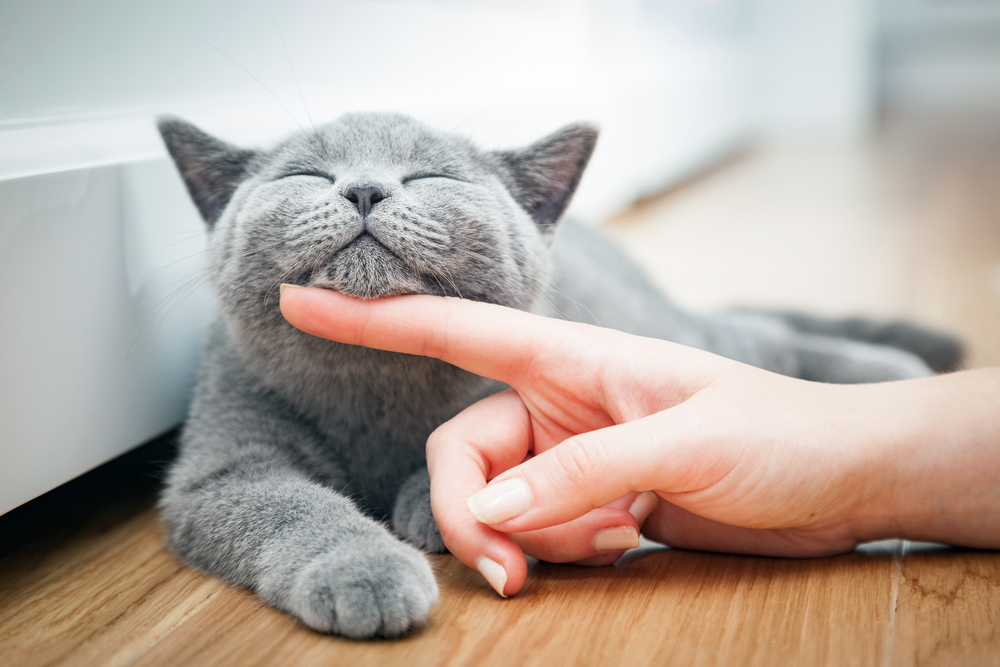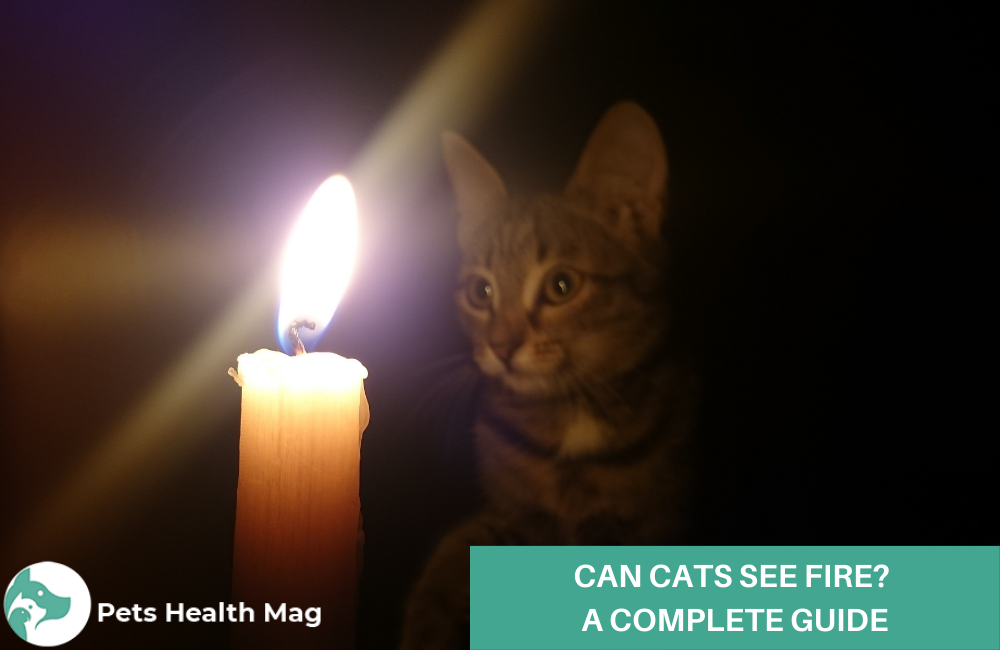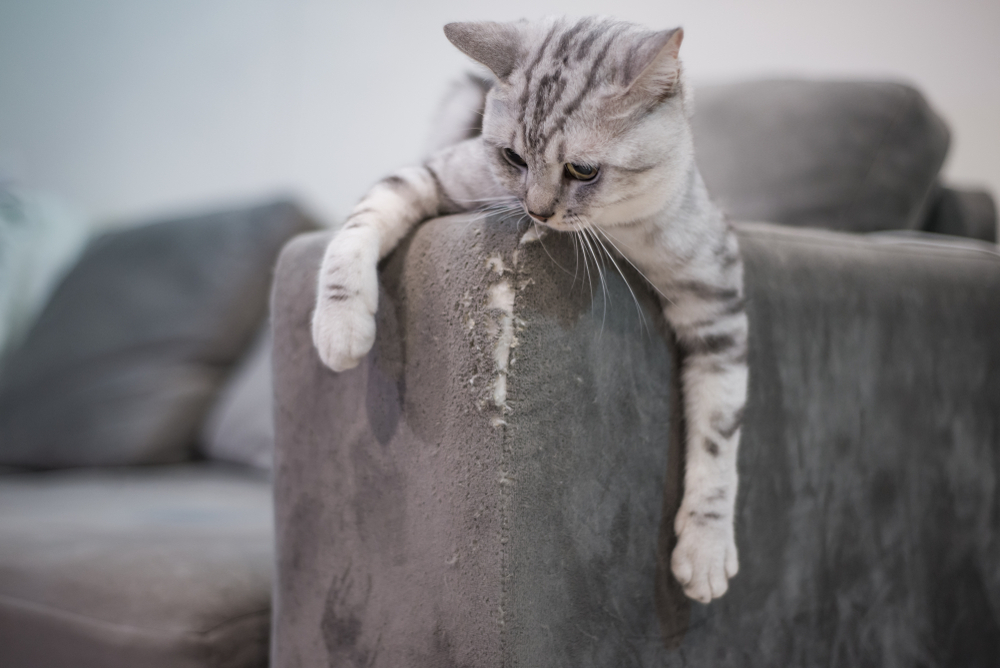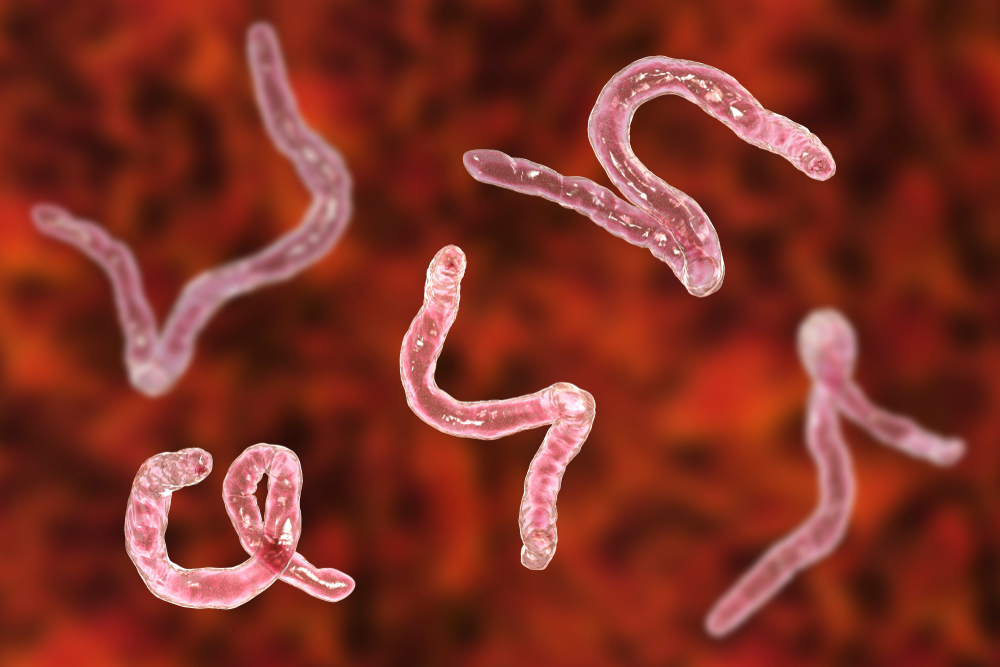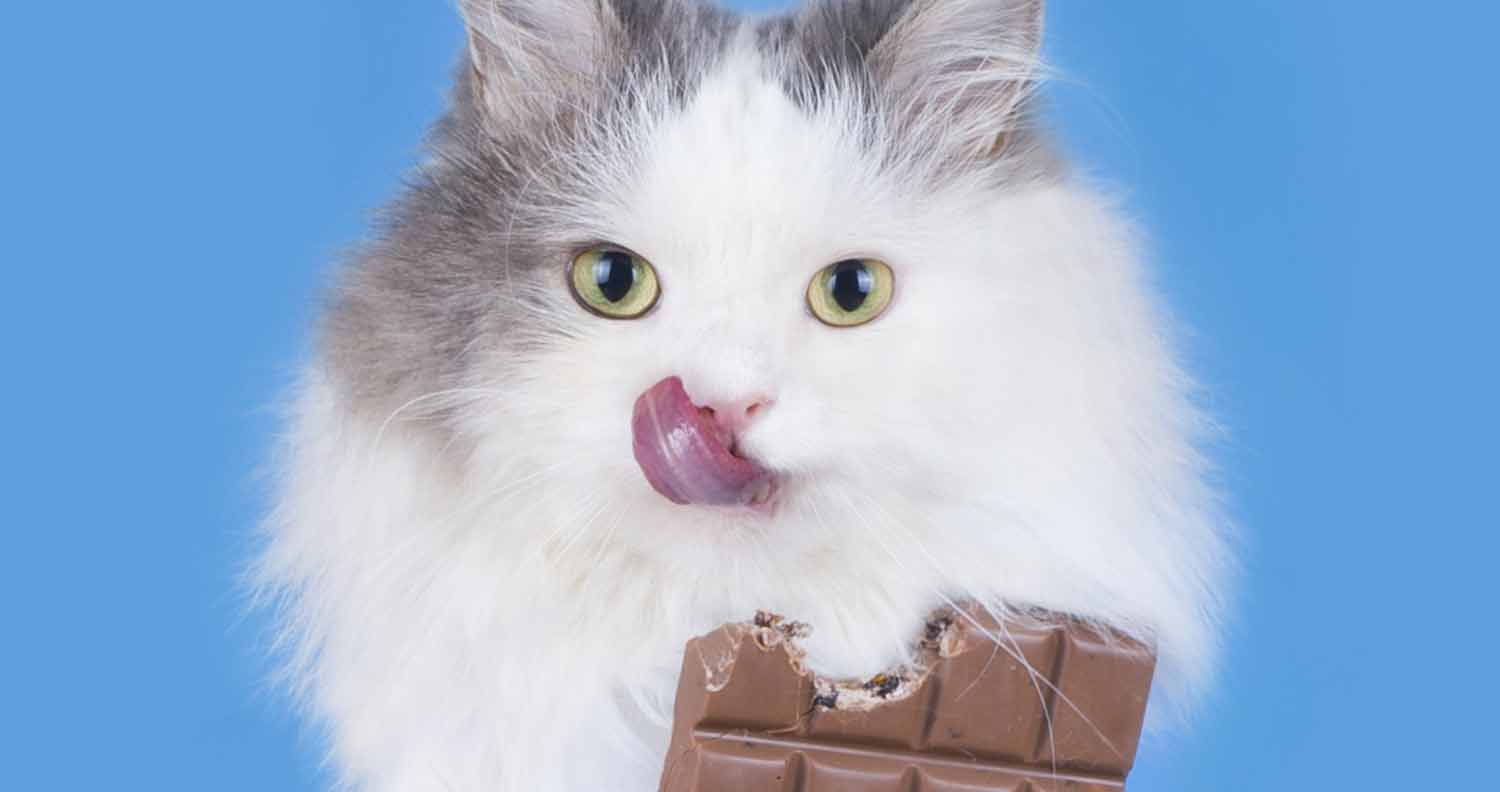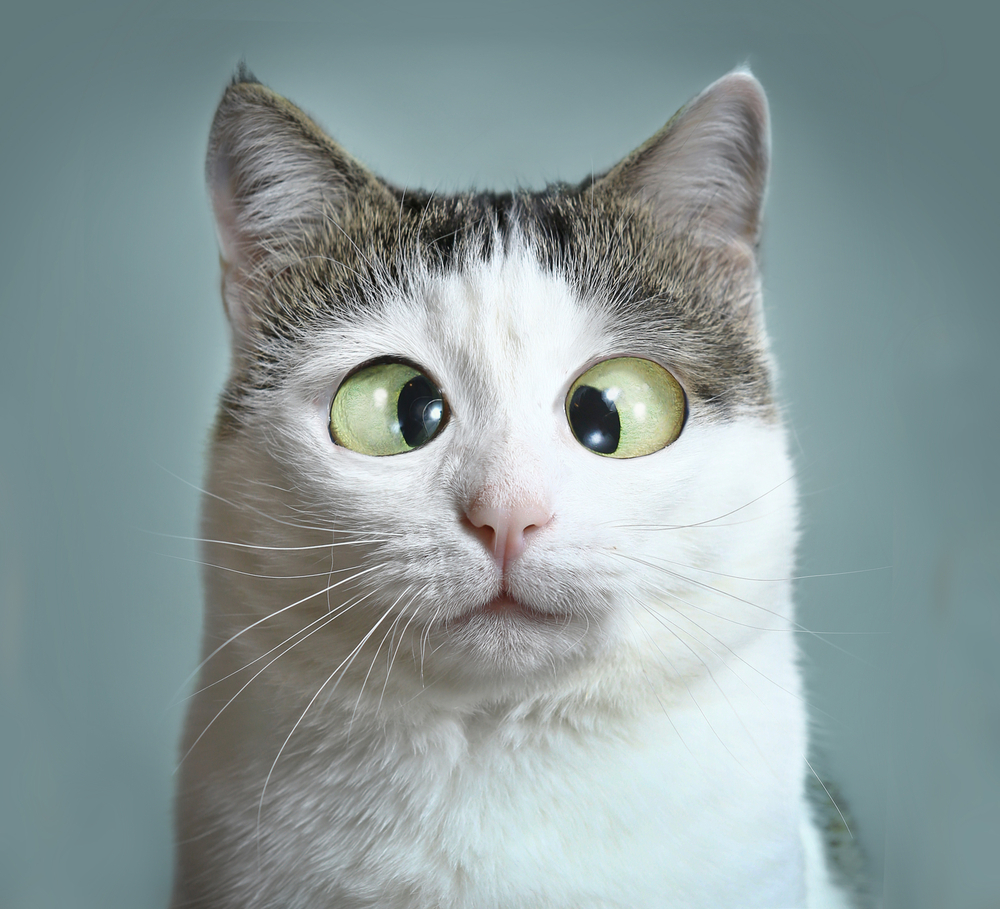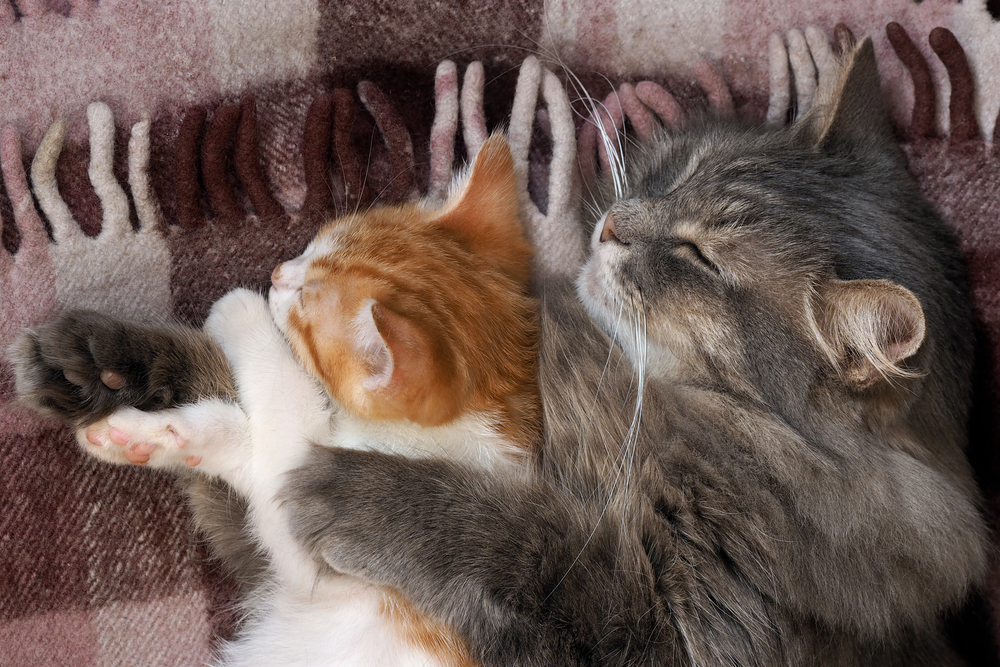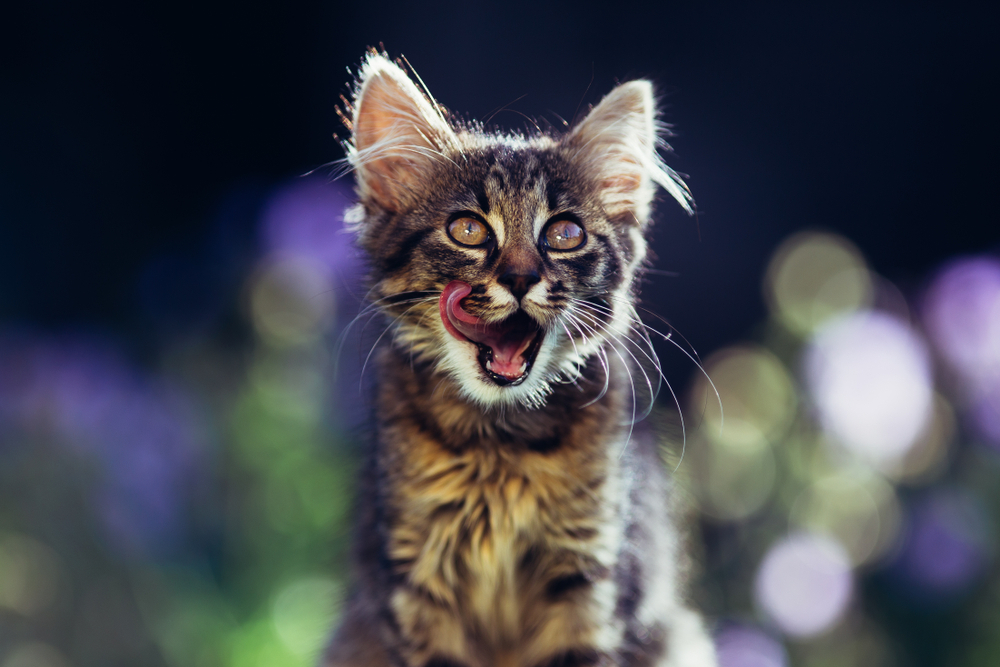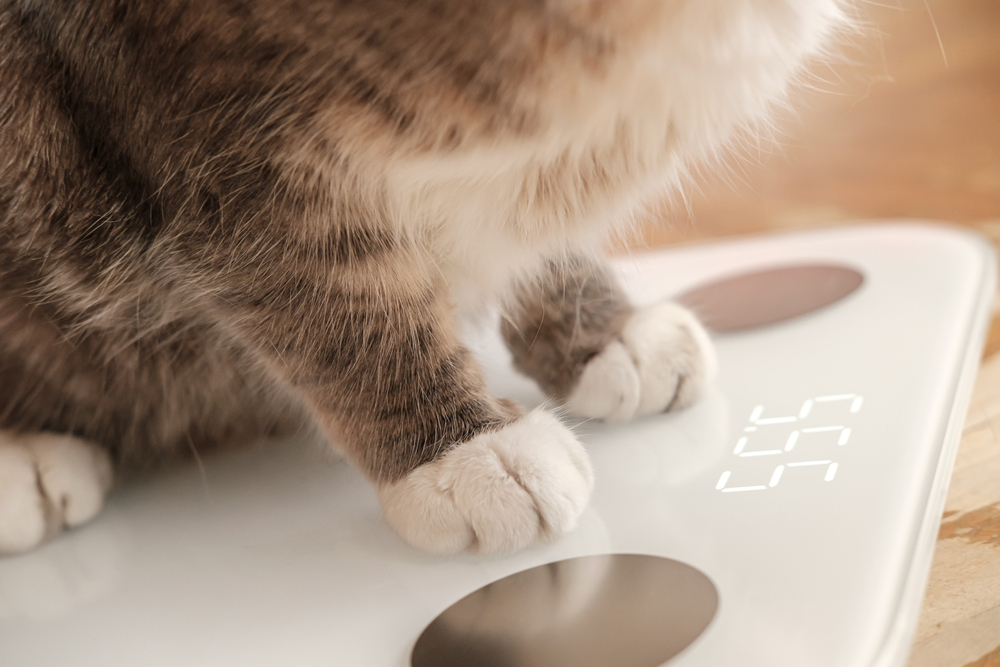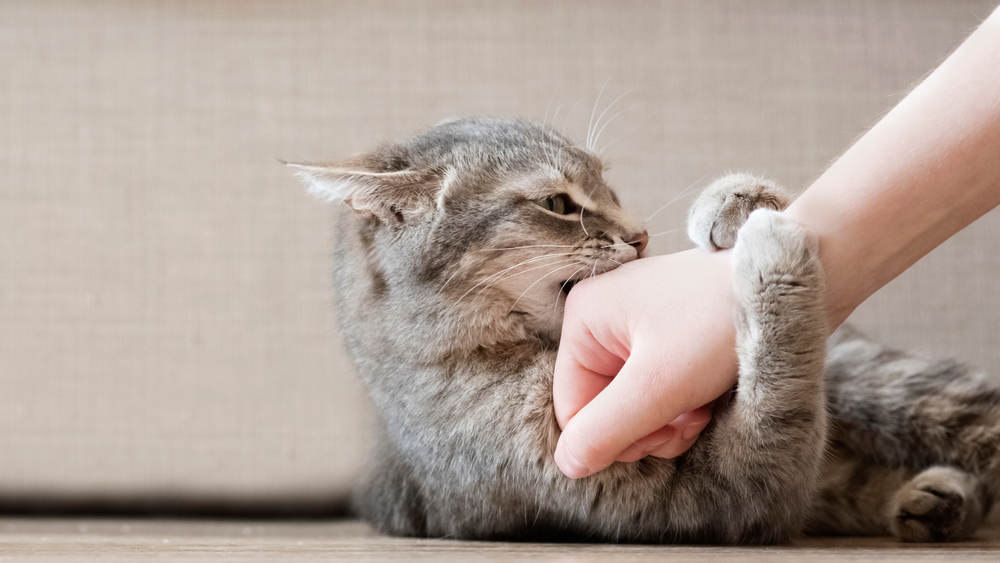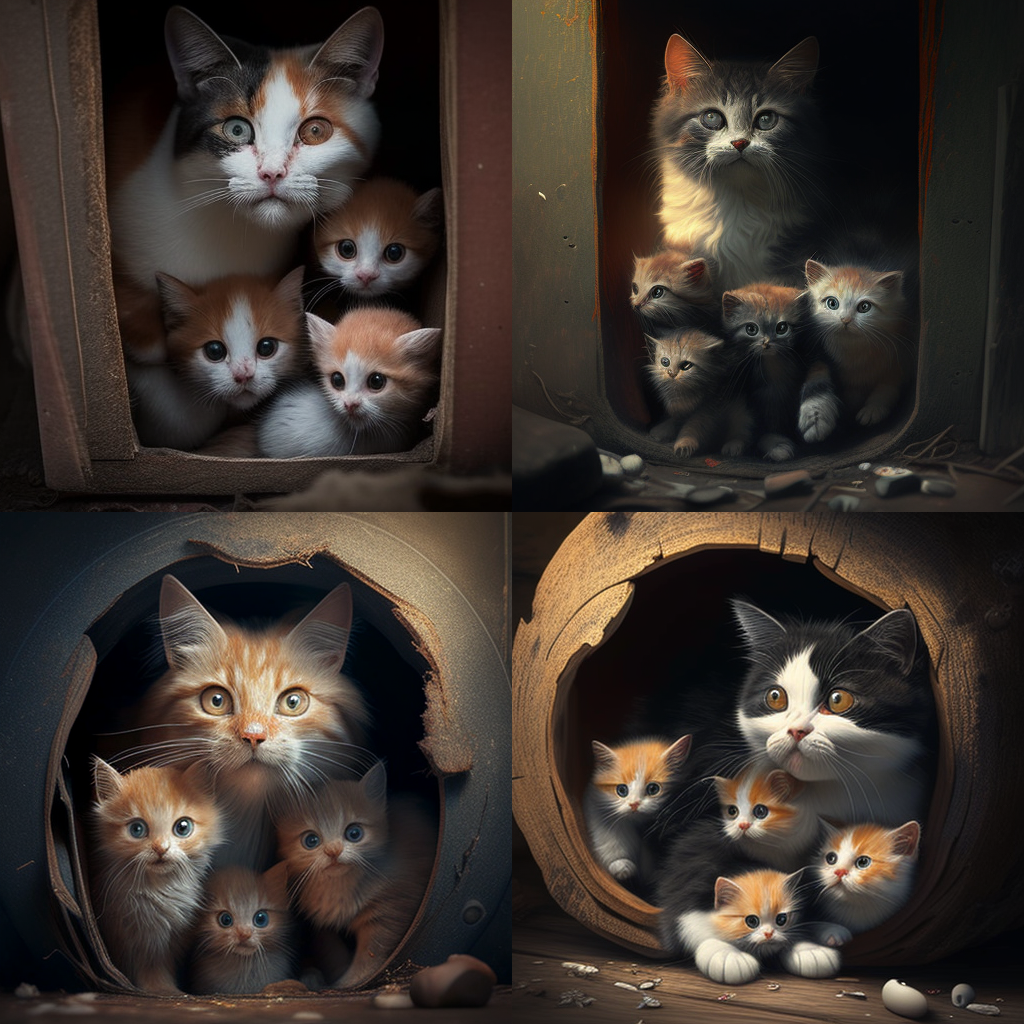Cat Pregnancy Cycle – 11 Signs on How To Tell If Cat Still Has Kittens Inside
By  Olivia Moore |
Last updated: Nov 9 2022
Olivia Moore |
Last updated: Nov 9 2022

If your cat has recently given birth, you may be wondering if the cat still has kittens inside her. This is a common concern for cat owners, as retained fetuses or placentas can cause serious health issues. In this article, we’ll discuss how to tell if cat still has kittens inside and what you should do if you suspect a problem.
Keep reading to know how many kittens a cat delivers in a litter and also how to tell if the cat still has kittens inside.
Related Article: 11 Best Cat Breeds for Kids
How To Tell If Cat Still Has Kittens Inside
While the cat gives birth to the new kittens, she will be restless. The cat will sit sideways to let the kittens come from the birth canal. A cat usually gives birth to 4 – 12 kittens in a litter.
So for how many kittens should you wait for? Do you know how to tell if cat still has kitten's inside?
Then this article is for you; below are 11 telltale signs that will help you to know if your cat is still expecting more kittens. So let's start over by discussing them one by one.
1 She Is Panting
Cats usually breathe heavily during labor; it's normal as they exert energy to give birth to new ones. But if your cat continues to pant after giving birth to a couple of kittens, that's a sign that more kittens are on the way.
![]()
2 She Is Making a Lot of Noise
Labor in felines is also painful, as in humans. But cats tend to be more vocal, which is why your cat may scream while giving birth to the kittens. But if you notice that the cat continues to make noise for more than one hour, there is trouble. Don't delay, and consult a vet as soon as possible.
![]()
3 She Is Straining
The cat exerts a force to push each kitten from its birth canal. After the first birth, a cat only takes 10-15 minutes to give birth to the next kitten. Still, if your cat keeps straining for longer than 20 minutes, you should take it seriously and contact your vet.
![]()
4 She Is Licking Her Genital Area
The kittens are in a double-layered sac containing a slimy liquid that helps the kittens to move smoothly from the mother cat's birth canal. As soon as the cat senses the kitten's movement, she starts licking her genital area to dissolve the membrane surrounding the kitten. The cat licking her genital area after delivering the kittens indicates more kittens in her belly.
![]()
5 She Is Aggressive or Highly Protective
When a cat gives birth to new ones, her priority is to protect herself and her newborn kittens. You may find your cat's behavior unsettling, but that's not permanent. She'll start to calm down after she finishes delivering the baby kittens. A cat normally stays aggressive for 3 – 4 weeks after the labor due to the hormone regulation in her body.
![]()
6 She Isn't Fully Focused On Newborn Kittens
You might notice a sequence in her actions while delivering the newborn, like panting, pushing, licking the kitten, and then repeating the same process. The cat temporarily tends to its kitten and then continues pushing. She doesn't take care of the newborn or takes rest until she delivers all the litter. But suppose you notice abnormal behavior, such as the cat not cleaning or nursing her kittens. In that case, you should contact your veterinarian for advice.
![]()
7 A Placenta Has Not Yet Passed After the Last Kitten
Cats pass placentas (rust-colored, fleshy mass) after the birth of each kitten in approximately 10-15 minutes. But if your cat takes more than normal time after a kitten is born, then there is a chance that your cat is still expecting.
Keep an eye on your cat as they usually eat their placenta. So, if your cat gives birth to one or more kittens without passing the placenta, you can contact the veterinarian.
![]()
8 There Is a Fluid-Filled Bubble in The Birth Canal
If you see a fluid-filled bubble in the cat's vagina, it's a kitten that might be stuck. In this situation, don't wriggle the kitten free on your own; talk to a vet to get professional advice, as something you do on your own can discomfort your cat and lead to further difficulties for the kitten.
![]()
9 She Is Passing Discharge
If your cat passes a small amount of discharge (tinged with blood) during labor, that's completely normal. There is no need to worry; until your cat starts bleeding excessively. Also, inform your vet if your cat has passed bloody discharge for over a week.
![]()
10 She Is Not Hungry
Although cats don't usually look for food immediately after the birth of their new ones, they'll look for food after some hours as the kittens need to eat, and so do the cat (mom). Make sure that your cat has an appetite in 24 hours. You can talk to the vet to learn about your cat's dietary needs so you can feed it with all the necessary nutrients.
![]()
11 Cat Delivered Fewer Kittens Then Seemed On Imaging
Suppose your cat has delivered fewer kittens than revealed in ultrasound or X-ray. In that case, you should talk to the veterinarian for his advice. He might suggest an emergency C-section of the cat after examining her.
The vet can check your cat to ensure the sugar and calcium level in the cat's blood is normal. Or he might do an ultrasound to check the cat's heartbeat and then take suitable measures depending upon the results.
![]()
Written by
Olivia Moore
Olivia is a freelance writer and pet enthusiast who writes articles on animals to help owners and their pets live their life in the best way. She resides in Australia and is currently doing her master’s degree in wildlife biology. Besides her studies, she has found a new love for working online and writing about animals. She is passionate about creating awareness about pets. Her mission is to write content on their health issues and the best ways to make their pets content. She loves to write about animals of all types but her specialties are dogs, cats, and birds.

